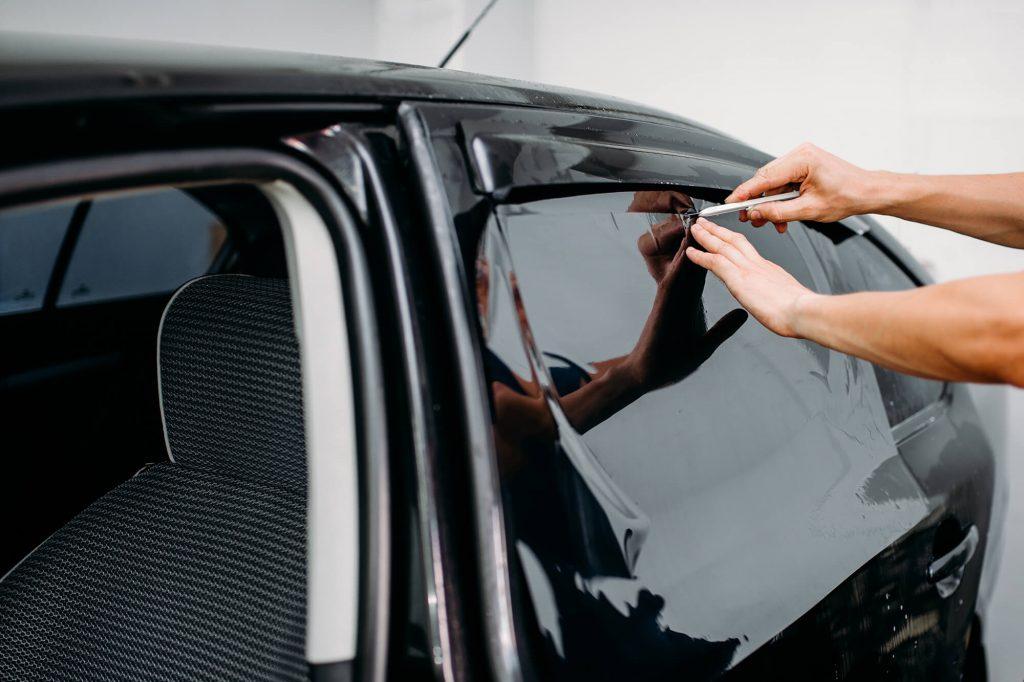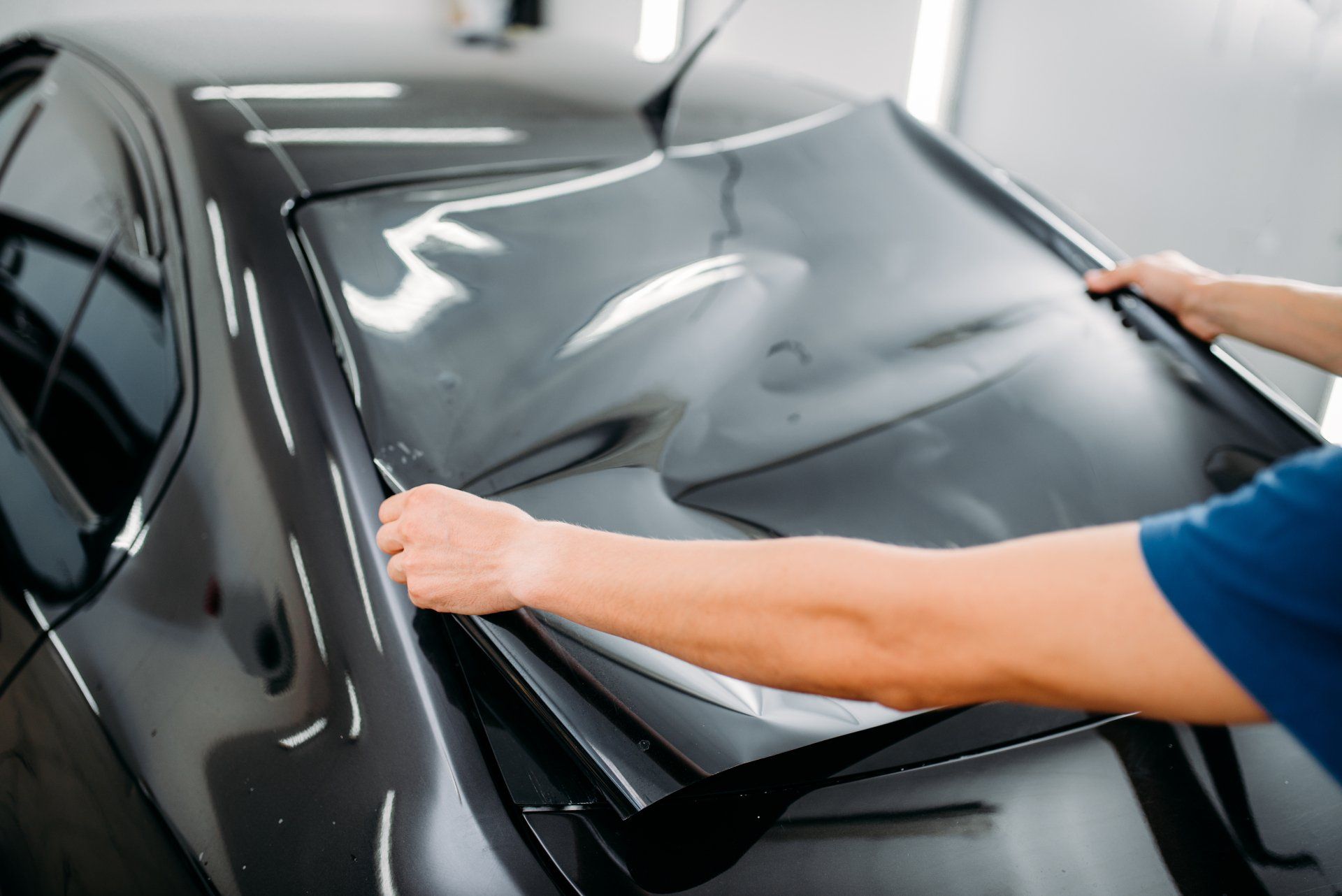Comprehending the Different Sorts of window tinting Offered for Cars
Comprehending the Different Sorts of window tinting Offered for Cars
Blog Article
Checking Out the Different Kinds Of Window Color for Cars and Their Benefits

Dyed Window Tint
Dyed window color is a preferred choice amongst vehicle owners looking for to boost privacy and minimize glare while keeping a stylish look. This kind of color is developed by including dye right into the adhesive layer, which is after that put on the home windows of the lorry. The main appeal of colored home window color hinges on its ability to give a cosmetically pleasing look without compromising capability.
Among the most considerable advantages of colored window color is its capability to block unsafe UV rays, assisting to safeguard both passengers and the lorry's inside from sun damages. Furthermore, this color properly minimizes glow, adding to a more comfortable driving experience, particularly during intense daytime problems. The growing of window shade likewise adds a layer of privacy, making it more difficult for outsiders to see inside the lorry.
Nonetheless, it is important to keep in mind that while colored window tint offers many advantages, it might not offer as much warm rejection as other kinds of tints. Its long life can be influenced by direct exposure to extended sunshine, potentially leading to fading over time. In general, colored home window tint stays a preferred option for those prioritizing aesthetics and standard sun protection.
Metalized Home Window Color
Metalized window color stands for an advanced alternative for car owners wanting to improve both performance and appearances. This kind of tint incorporates little metallic fragments that show sunshine, offering a variety of advantages that attract many car owners. Among the main advantages of metalized window tint is its remarkable heat rejection capabilities, which can significantly reduce the indoor temperature level of a car. This not just boosts convenience for guests yet additionally minimizes the lots on the vehicle's air conditioning system, possibly enhancing gas effectiveness.
Moreover, metalized tints offer boosted longevity compared to dyed movies, making them immune to fading and damaging. This long life ensures that the color keeps its performance and appearance with time, providing long-term worth.
In addition, metalized window color can boost privacy and protection by making it harder for outsiders to see inside the automobile. The reflective high quality of the tint can likewise discourage prospective theft, as belongings are less noticeable (window tinting). While it might interfere with some digital signals, such as general practitioner or mobile phone function, the general benefits make metalized home window color a compelling selection for lots of automobile owners
Ceramic Home Window Color
Offering advanced technology and unequaled efficiency, ceramic home window tint has become a leading choice for critical vehicle owners. This cutting-edge film is made up of sophisticated ceramic bits that provide significant heat denial while keeping quality and presence. Unlike conventional tints, ceramic window color does not count on steel or dye, which can hinder digital signals from devices such as general practitioner and cellular phone.
Among the standout benefits of ceramic home window tint is its remarkable UV defense. It obstructs approximately 99% of hazardous ultraviolet rays, therefore securing both the automobile's interior and its residents from sun damage. Furthermore, this sort of tint improves personal privacy without endangering exposure, making it a sensible alternative for everyday vehicle drivers and deluxe lorries alike.
Ceramic window color also flaunts try this out sturdiness; it is immune to fading and scratching, guaranteeing resilient efficiency. Its non-reflective nature suggests it does not trigger glare, adding to safer driving problems (window tinting). For those seeking a premium tint solution that combines aesthetics with capability, ceramic window color sticks out as a superior option, delivering enhanced convenience and security on the road
Carbon Window Color
When it involves home window tinting choices, carbon window tint has actually gained appeal for its mix of performance and affordability. This sort of tint is made up of carbon particles, which give an unique matte surface that enhances the visual allure of lorries. Among the key advantages of carbon window color is its capacity to block a substantial amount of hazardous UV rays, shielding both the lorry's interior and its passengers from skin damage and fading.
Furthermore, carbon home window color uses excellent heat denial residential properties, lowering the need for excessive a/c and boosting gas efficiency. Unlike colored tints, carbon colors do not fade gradually, maintaining their performance and look for several years. This longevity makes them a practical choice for car owners looking for long-term value.
Furthermore, carbon home window tint is non-metalized, which implies it does not conflict with electronic signals, making it suitable for cars outfitted with GPS, Bluetooth, and other cordless innovations. The equilibrium of expense, performance, and visual charm has established carbon home window tint as a preferred option for many lorry proprietors. Inevitably, it acts as article a trusted remedy for those seeking to enhance convenience while guaranteeing style.
Factory Color
Factory color, additionally called OEM color, describes the tinting that is related to lorry windows during the production procedure. This sort of color is generally incorporated into the glass itself, offering an uniform appearance and consistent degrees of shading throughout all home windows. The primary function of manufacturing facility color is to reduce glow and improve guest convenience while supplying a degree of UV protection.

While manufacturing facility tint provides standard benefits, it might not offer the very same level of heat denial or privacy as higher-grade aftermarket tints. Consequently, automobile proprietors seeking important source enhanced efficiency may consider added tinting choices, while still appreciating the visual allure and performance factory tint provides.
Final Thought

However, it is essential to note that while dyed home window color offers many advantages, it might not give as much warm rejection as various other kinds of tints. For those looking for a costs tint remedy that integrates aesthetic appeals with capability, ceramic home window tint stands out as an exceptional choice, delivering improved comfort and protection on the roadway.
When it comes to home window tinting alternatives, carbon window tint has actually obtained appeal for its blend of efficiency and price.Factory tint, additionally known as OEM color, refers to the tinting that is applied to vehicle windows during the production procedure. The specific level of color can differ depending on the vehicle producer and design, with some cars featuring much more significant tint on rear windows than on front home windows.
Report this page